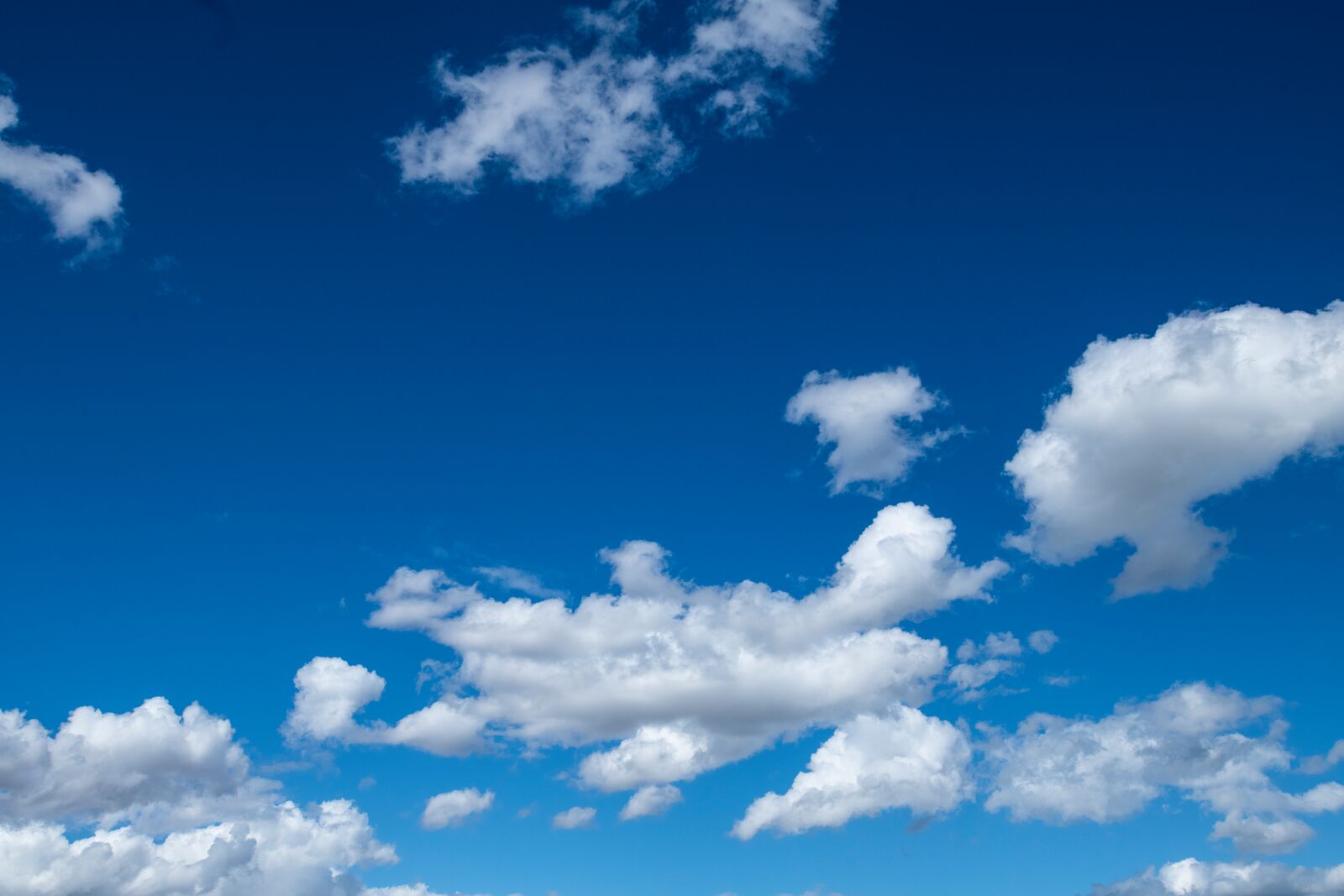AIRSWV
AIRS Water Vapor Experiment - Ground (AWEX-G)
27 October 2003 - 16 November 2003
Lead Scientist: David Whiteman
Observatory: SGP (Southern Great Plains)
The AIRS validation activity included the use of different water vapor profiling radiosonde and Raman lidar systems for acquisition of measurements during AIRS overpasses. The comparison of these measurements with AIRS, through the use of the AIRS forward model, revealed apparent calibration differences among the various water vapor profiling technologies being used. The differences were largest in the upper troposphere (UT) where, even after excluding the results from two of the instruments that showed the largest disagreements, differences of 15% in terms of relative humidity (RH) remained. This created questions both about the sensor technologies themselves, but more importantly from the validation perspective, of what source of water vapor information to use for AIRS validation. Previous field mission experience indicated, however, that it was possible for several sensors to be used in a coordinated fashion over a period of several weeks to achieve a mean water water profile that was accurate at the +/- 5% level using the ARM microwave radiometer (MWR) as the total water column reference. This was the result of the ARM FIRE Water Vapor Experiment (AFWEX), which was held in the fall of 2000 at the DOE ARM SGP CART site in northern Oklahoma. The fall was chosen for this experiment since this is the season that offers the highest probability of clear skies due to the strong frontal passages that occur then. The winter also possesses these strong fronts but the likelihood of snow or ice is much higher in the winter. AFWEX consisted of both airborne and ground-based instruments. The main result of AFWEX was to demonstrate that, with careful analysis, a core group of 5 instruments was accurate at the 5% level for the profile of water vapor. These 5 instruments were the airborne NASA LaRC LASE water vapor lidar and Diode Laser Hygrometer (DLH), the ground-based Vaisala RS-80H (after application of corrections for time-lag, temperature and total column water), DOE CART Raman Lidar (CARL) and the NASA/GSFC Scanning Raman Lidar (SRL). A three-week experiment (October 27 – November 16, 2003) was therefore proposed at the ARM SGP site with the main goal of confirming that the permanently stationed ARM water vapor profilers (Vaisala RS-90s and the CARL lidar) could be used as the profiling standards for AIRS validation and that the mean of a large set of those measurements was accurate at the 5% level.Campaign Links
Related Publications
View all- Shehata et al. "Characterizing soil water content variability across spatial scales from optimized high-resolution distributed temperature sensing technique". 2022. 10.1016/j.jhydrol.2022.128195.
Timeline
Keep up with the Atmospheric Observer
Updates on ARM news, events, and opportunities delivered to your inbox
ARM User Profile
ARM welcomes users from all institutions and nations. A free ARM user account is needed to access ARM data.


















